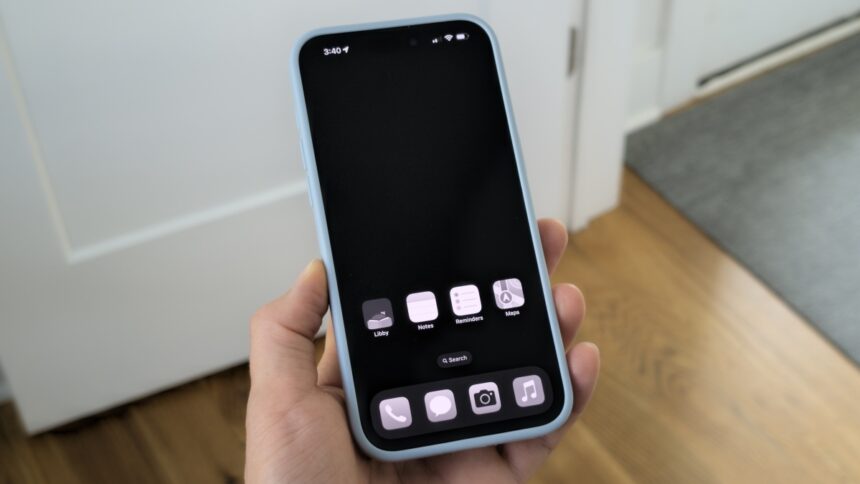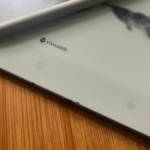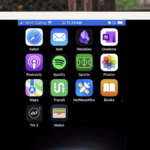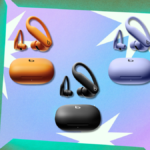Revamping Smartphone Usage: A More Intentional Approach
Modern smartphones have woven themselves into the fabric of daily life, often leading to an overwhelming sense of dependency. The constant stream of notifications and curated content can hijack attention in ways that detract from genuine connections with loved ones. The desire for a more straightforward solution, such as a simple phone devoid of frills, is tempting. However, that approach may not be as beneficial as it seems.
A plethora of persuasive content exists urging individuals to ditch their smartphones in favor of basic models. While the thought of doing so is intriguing, it’s essential to recognize that a ‘dumbphone’ might momentarily relieve a few pressures while creating new challenges.
Transitioning to a basic phone could curtail mindless scrolling on social media, but it also means sacrificing the convenience of a reliable camera, navigation apps, and seamless communication tools like video calls. It raises the question: is the trade-off worth it?
Although the market for basic phones is evolving to include essential functionalities like cameras and maps, investing in a new device may not be necessary. Instead, reconfiguring an existing smartphone can yield similar results.
The goal, then, becomes making a smartphone less of a distraction. The following steps outline how to declutter and enhance the user experience while retaining some of the conveniences of modern technology.
Begin by Removing Unnecessary Apps
Apps tend to proliferate on devices over time, much like clutter in a physical space. A strategic purge allows for a clearer interface, offering a chance to focus on only those applications that genuinely serve a purpose.
Be relentless during this process. Essential tools like an ad blocker may stay, but other time-wasting apps should go. This is especially true for social media, which continuously beckons attention, but complete removal might be daunting for some.
A practical tip is to access social media via a web browser instead of maintaining an app, thus reducing engagement. For instance, using Safari for Facebook can offer a stripped-down experience that’s less inviting.
Establish Screen Time Restrictions
Some important apps may remain unavoidable. For those that can’t be dismissed, setting daily usage limits can help cultivate a healthier relationship with them. For example, allocating a specific time frame for Instagram use might help reclaim precious minutes spent mindlessly scrolling.
These restrictions are simple to set up. For those who need to check an app more often, consider building in some leeway for weekends or special events. The instant reminder to log off when time is up fosters awareness about screen time management.
Turn Off Notifications
Smartphone alerts frequently disrupt focus, leading to unnecessary distractions. Most notifications can be disabled without losing critical functionality, unlocking a smoother experience. This also applies to newly downloaded apps—opt-out of notifications from the outset.
For existing apps, navigate to the settings and cut out excess alerts. This can dramatically improve concentration and reduce the impulse to check the phone at every ping. However, deciding to keep notifications for essential conversations helps balance staying connected without undue distraction.
Make Your Lock Screen Less Tempting
Customizing the Lock Screen can be fun but can also lead to unintentional distractions. Consider changing it to a monotone wallpaper that doesn’t capture attention. This minor adjustment can limit the intuitive urge to unlock the phone at every glance.
Simplify Your Home Screen
The same principle applies to the Home Screen. Choosing a minimalist wallpaper and limiting the number of visible apps encourages efficiency. Prioritize easy access to necessary applications while keeping less essential ones tucked away in an App Library.
For those who wish to explore further, utilizing different apps to mirror the simplicity of a basic phone can augment the experience, allowing for greater focus without excess functionality.
Switch to Grayscale
One of the most effective strategies to minimize smartphone allure is enabling a grayscale filter. This visual change can significantly dull the instant gratification provided by color, making activities like scrolling through social media less engrossing.
Although it may not be a permanent solution, it serves as a powerful tool against overindulgence. For flexibility, assign the grayscale setting to a quick-access shortcut, making it easy to toggle between color and monochrome as needed.
More Ways to Simplify Your iPhone Experience
Beyond the strategies mentioned, various other adjustments can help in reclaiming time from the smartphone:
- Install a matte screen protector: This reduces glare, creating a more comfortable reading experience akin to an e-ink display.
- Disable biometric unlock methods: Reverting to passcode entry may slow down the impulse to pick up the device.
- Activate Low Power Mode: This setting decreases the refresh rate, altering the experience to feel less smooth and thus deter overuse.
Will These Changes Be Permanent?
While a transition towards a simpler smartphone experience is beneficial, the goal is managing technology rather than completely abandoning it. The possibility remains of reintroducing certain features while maintaining boundaries around excessive distraction—crafting a personalized balance that fosters productivity without losing essential connectivity.
Ultimately, eschewing a costly dumbphone might be prudent. Often, a mindful approach to using a beloved iPhone can yield a fulfilling balance.












